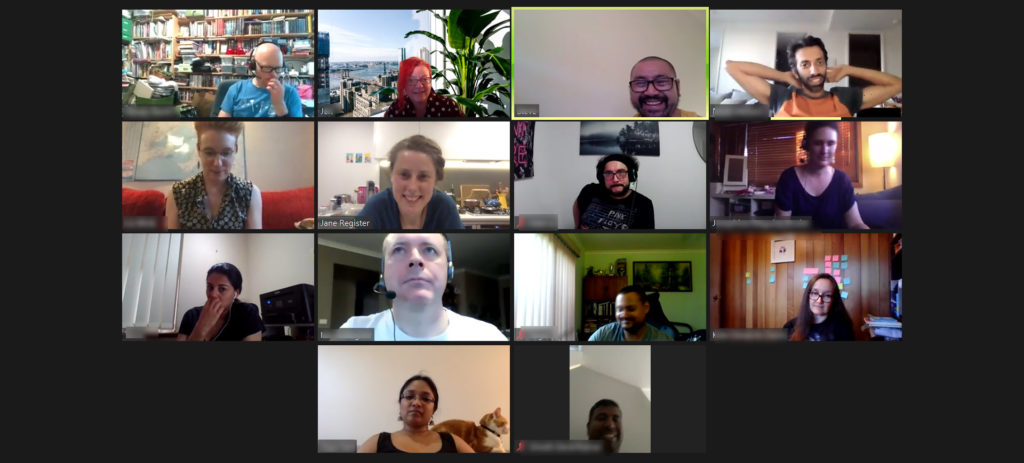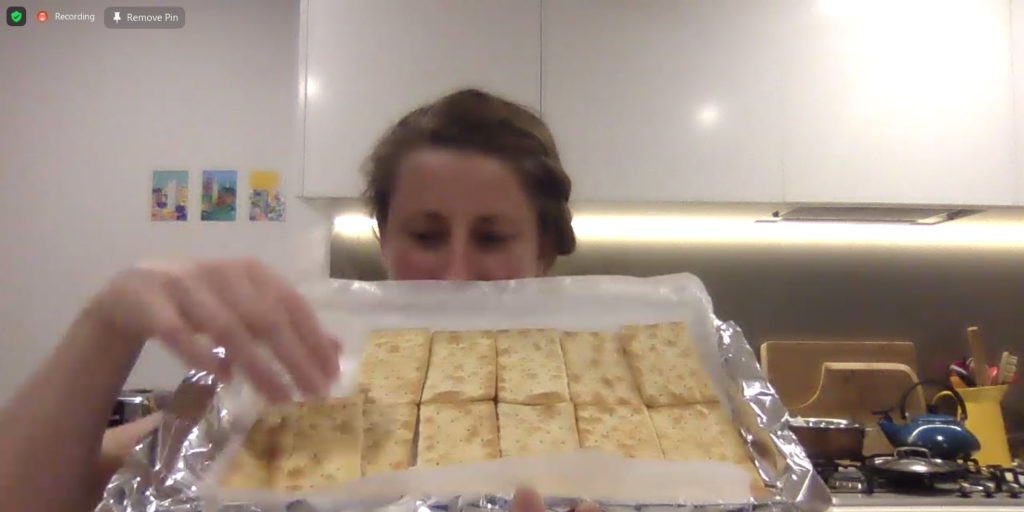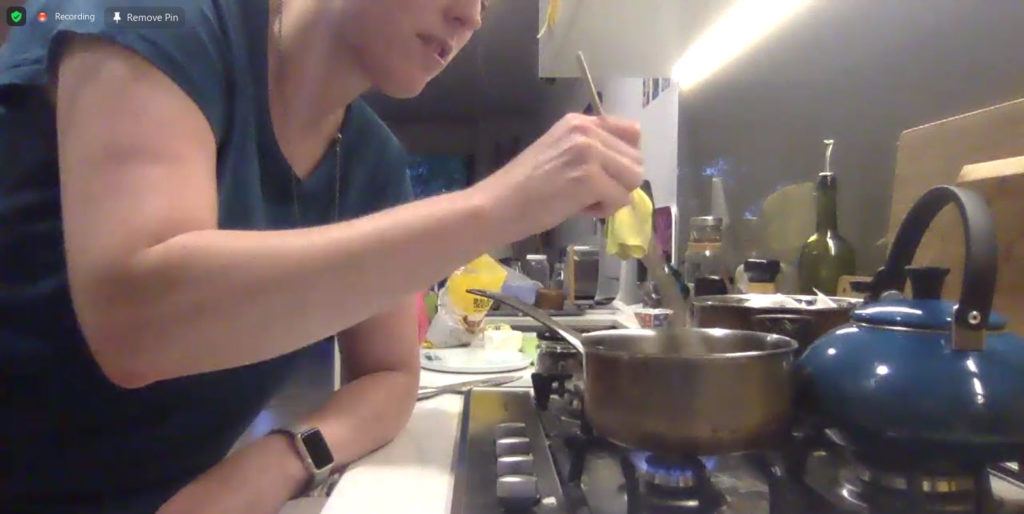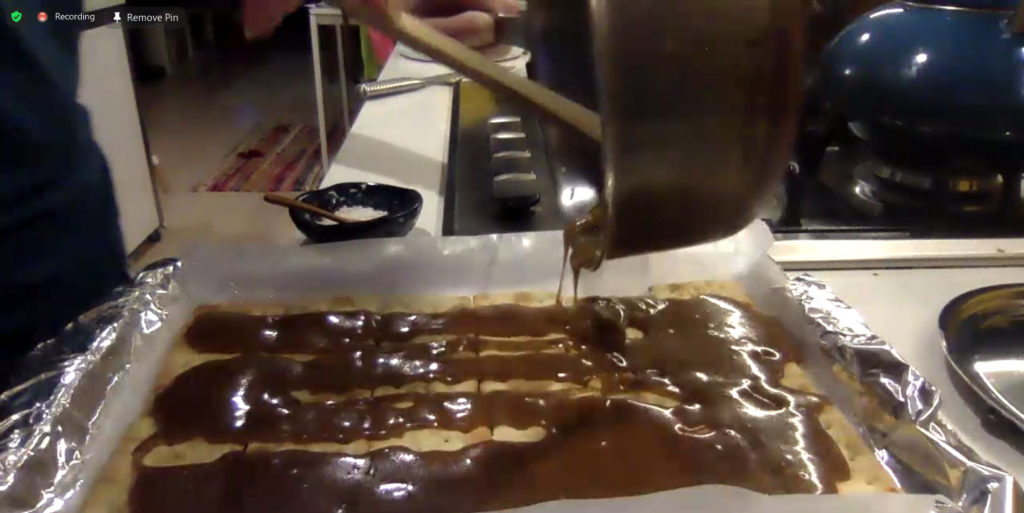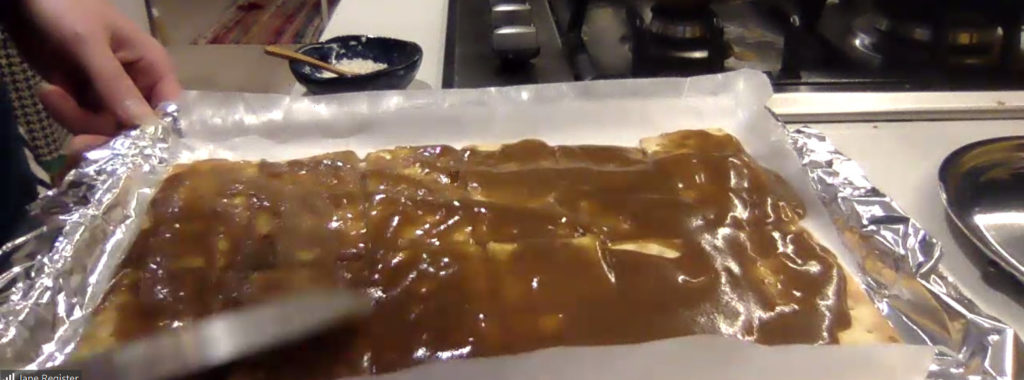Thursday, June 17th RSVP
Continuous discovery is often referenced as a way to build an organisational view of customer needs; ultimately bringing focus to solving the problems that add value for customers and by extension the business.
However, the road to building this ideal is neither straight nor clear. There are multiple obstacles, anchors and false starts, especially if you’re starting from a position where your organisation is neither wired nor ready for such a journey.
Over the last four years, FatSecret has inched toward a continuous discovery model that is by no means complete, but they’re getting closer to the end goal, and learned a lot along the way. This session will cover a few of their lessons, missteps and wins along the way.
Our presenter
Head of Product at FatSecret, Ben Ryan.
Ben started in product when he applied for a Producer role at REA at the end of 2012. By the time he actually got hired, that role had become a Consumer Product Manager. Soon after, he got to be the guinea pig in an experiment to merge REAs Consumer and Customer Product Manager roles and didn’t dislike the change.
Later, after a year (possibly less) working in the Death Star (aka NAB’s 700 Bourke Street), he decided to take a punt on a company he’d never heard of and became the first Product Manager at FatSecret. They’d also never heard of a Product Manager, so there were lessons to be had by all. Since then, he’s helped the company launch a consumer offering and grow revenues by 60% YoY.
Try as he might, he can’t help but look down on people who use “learnings” in sentences…or in any form, for that matter.
Session Details
We are not sure if this will be a f2f/zoom or some combination of the two. When you RSVP, let us know your likelihood of joining Zoom or in-person.


